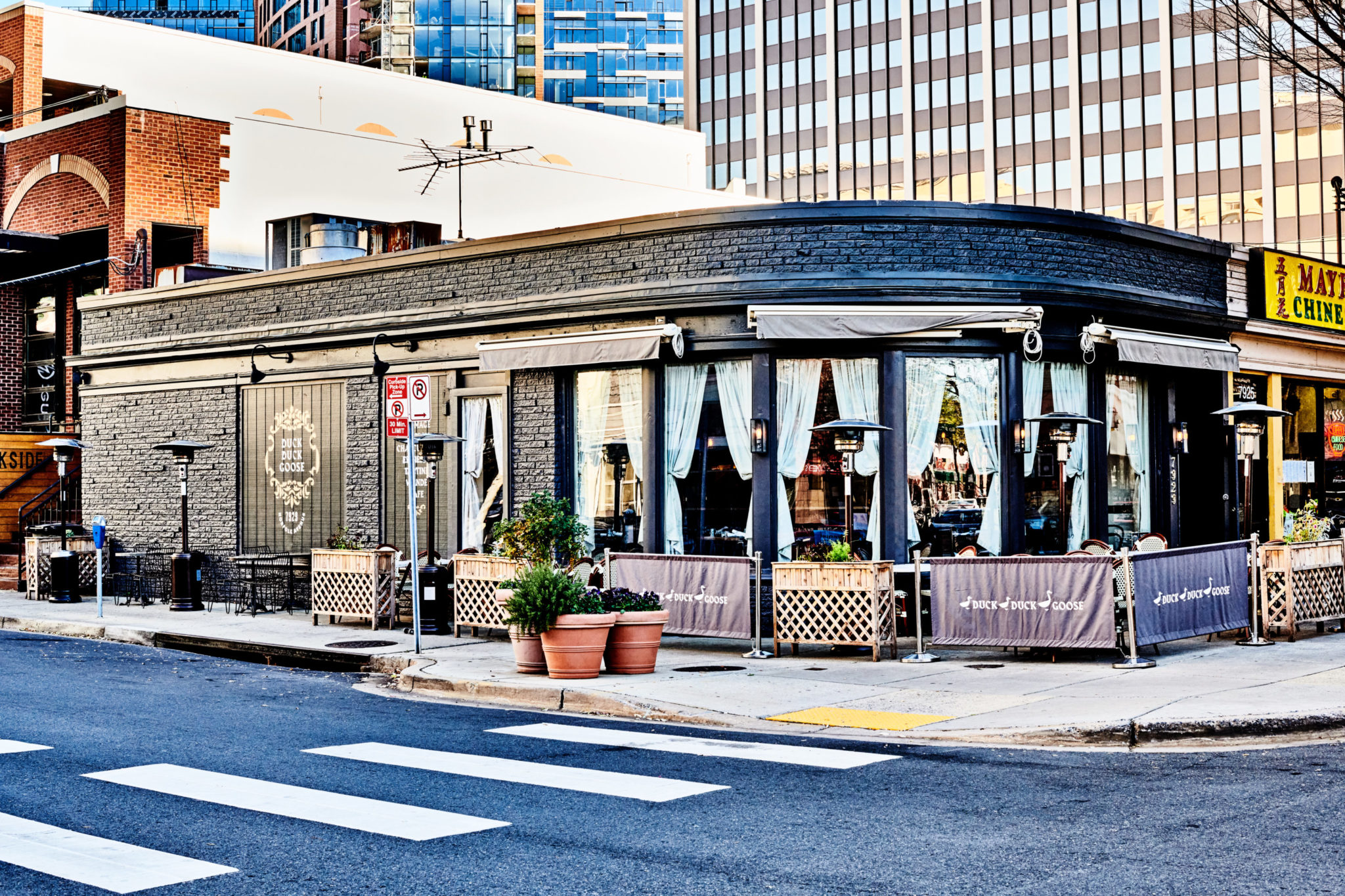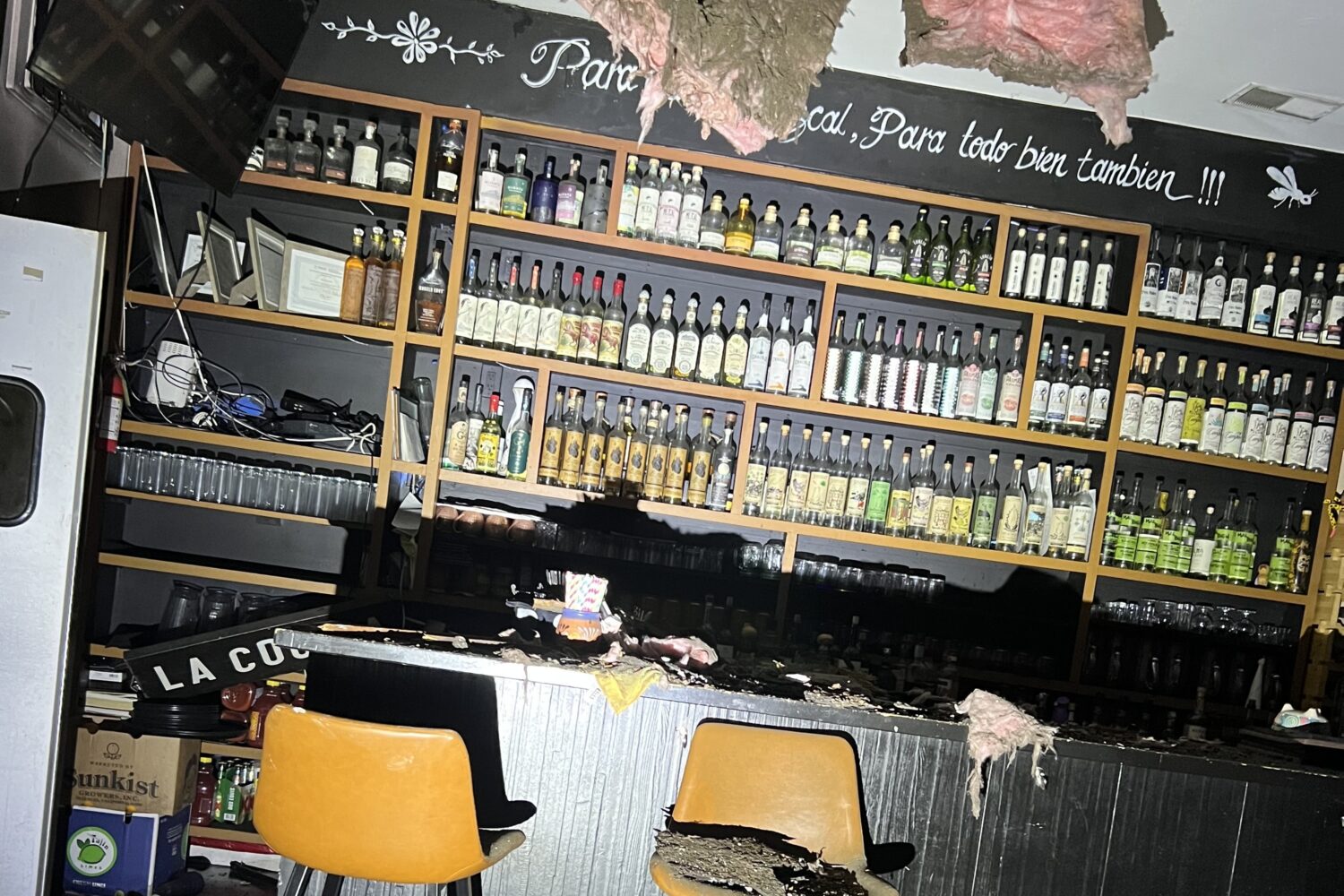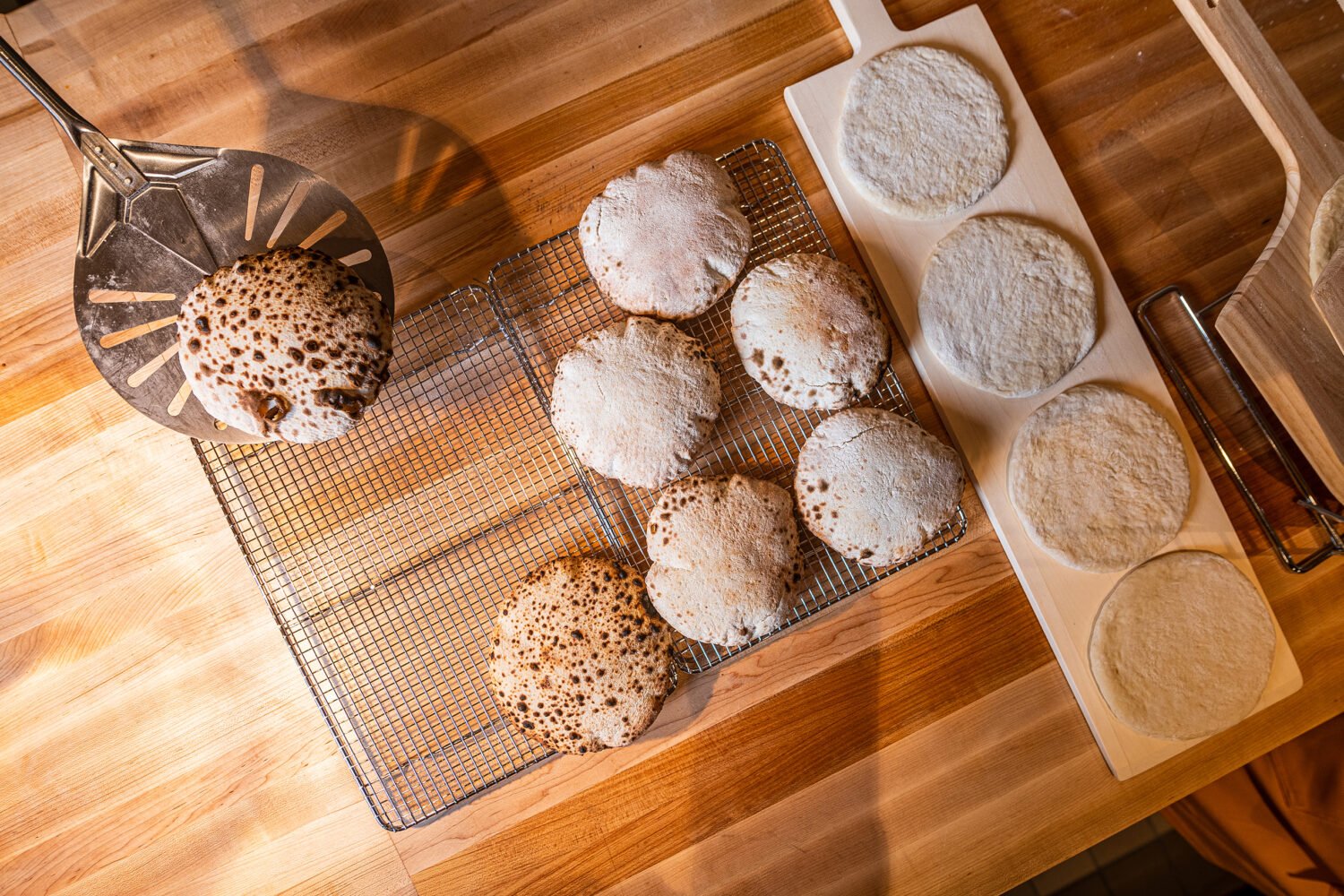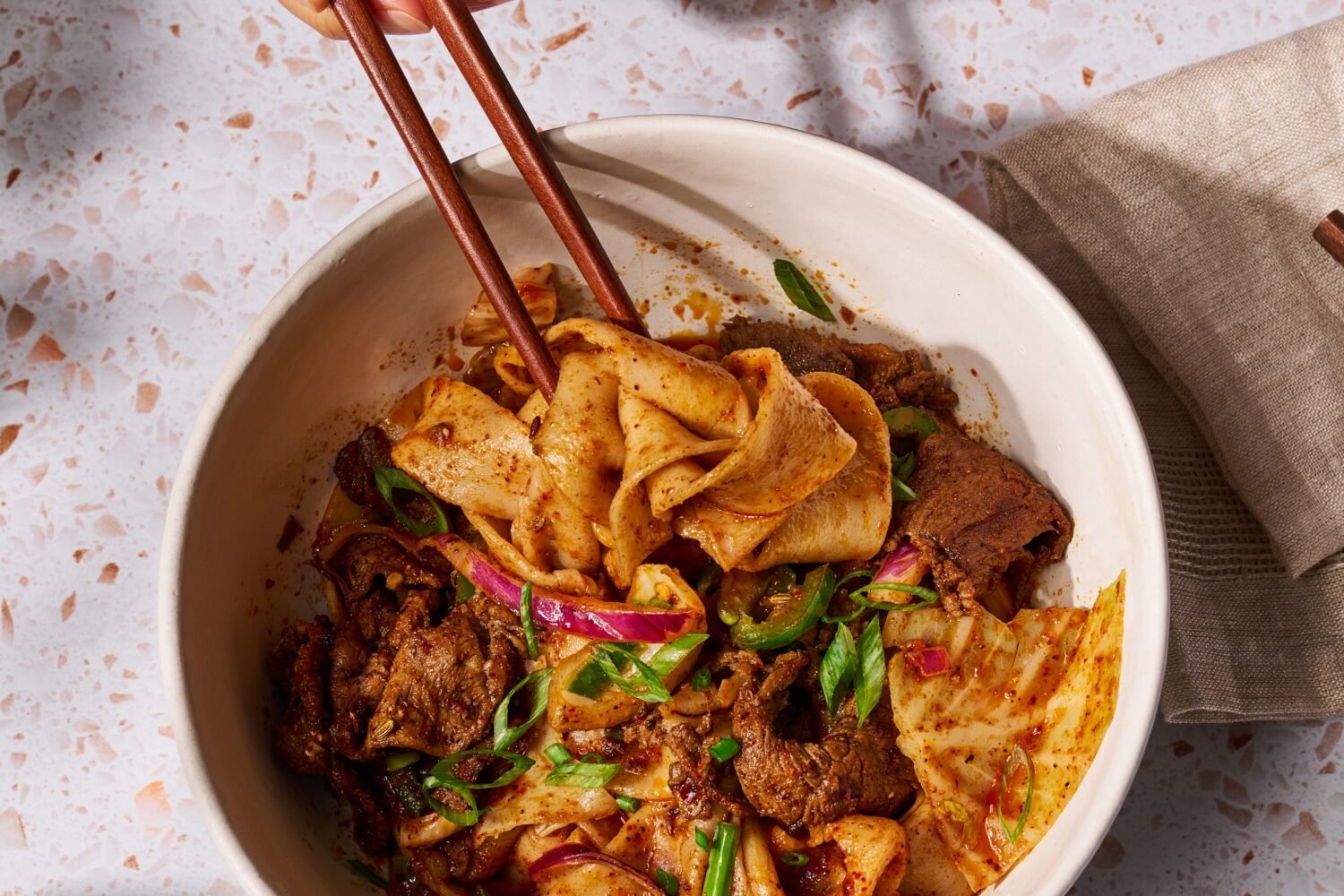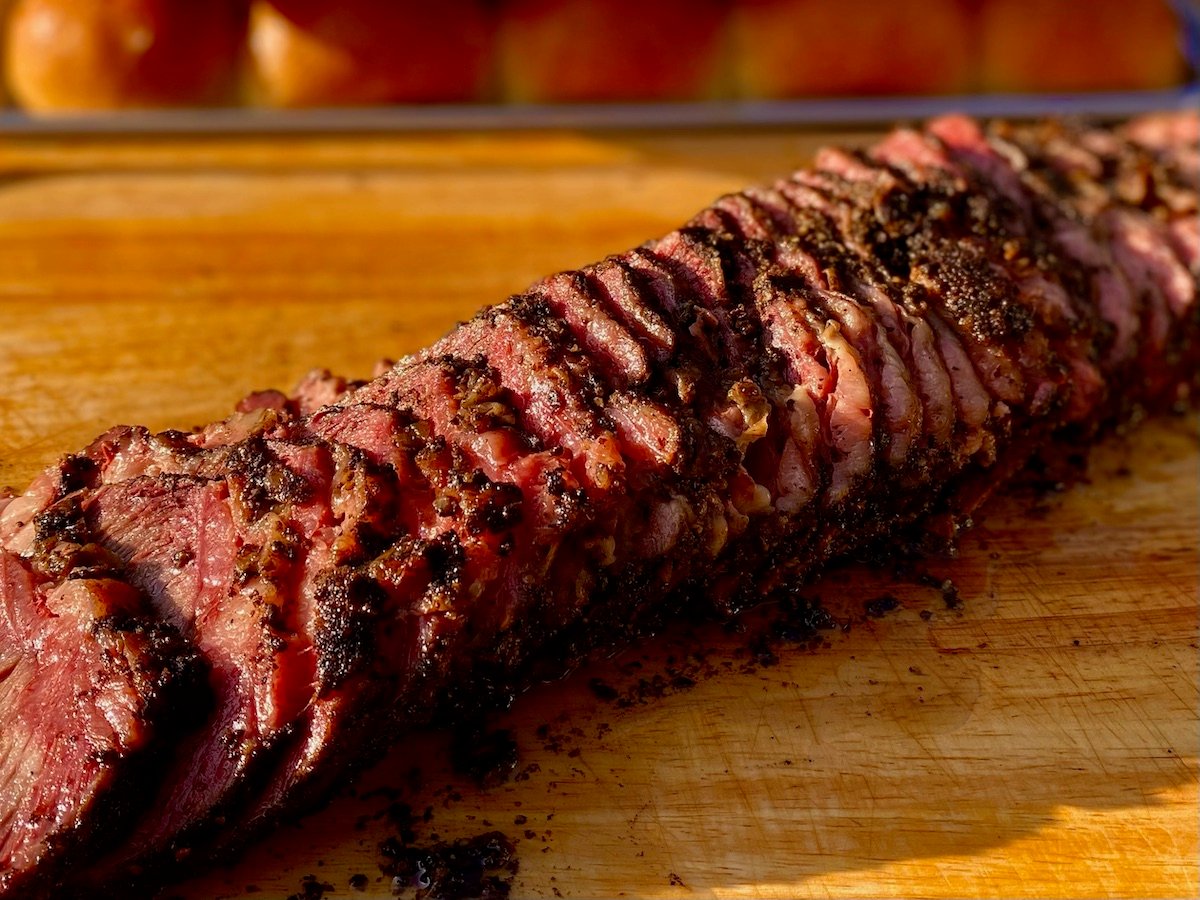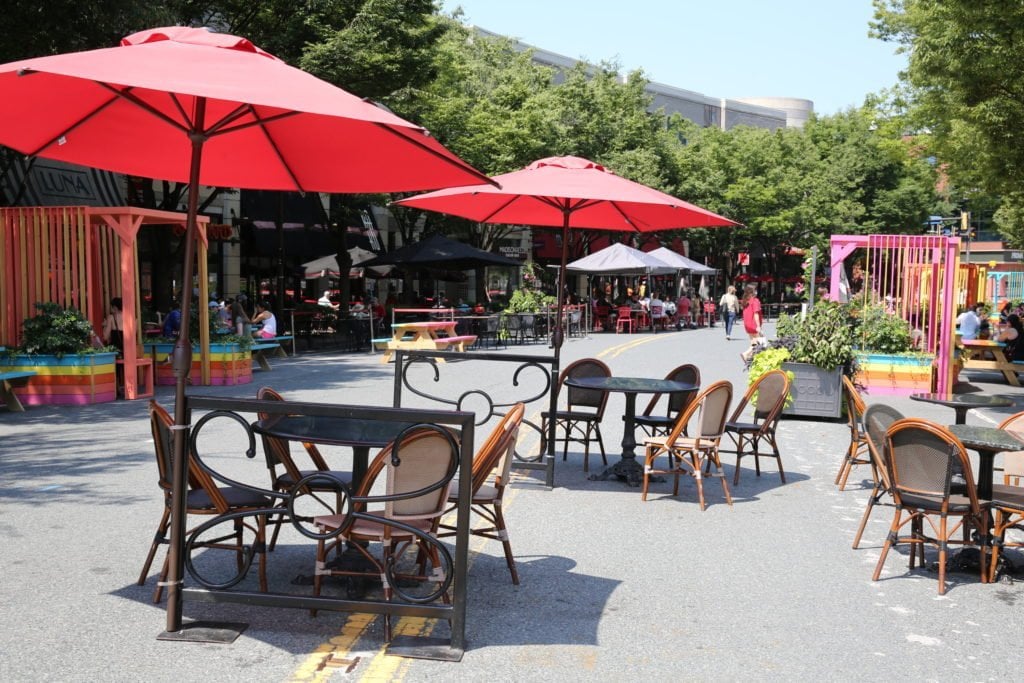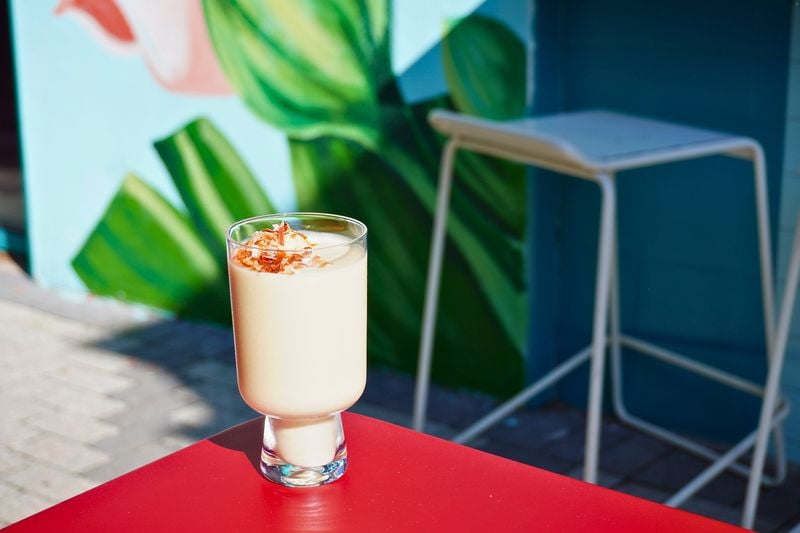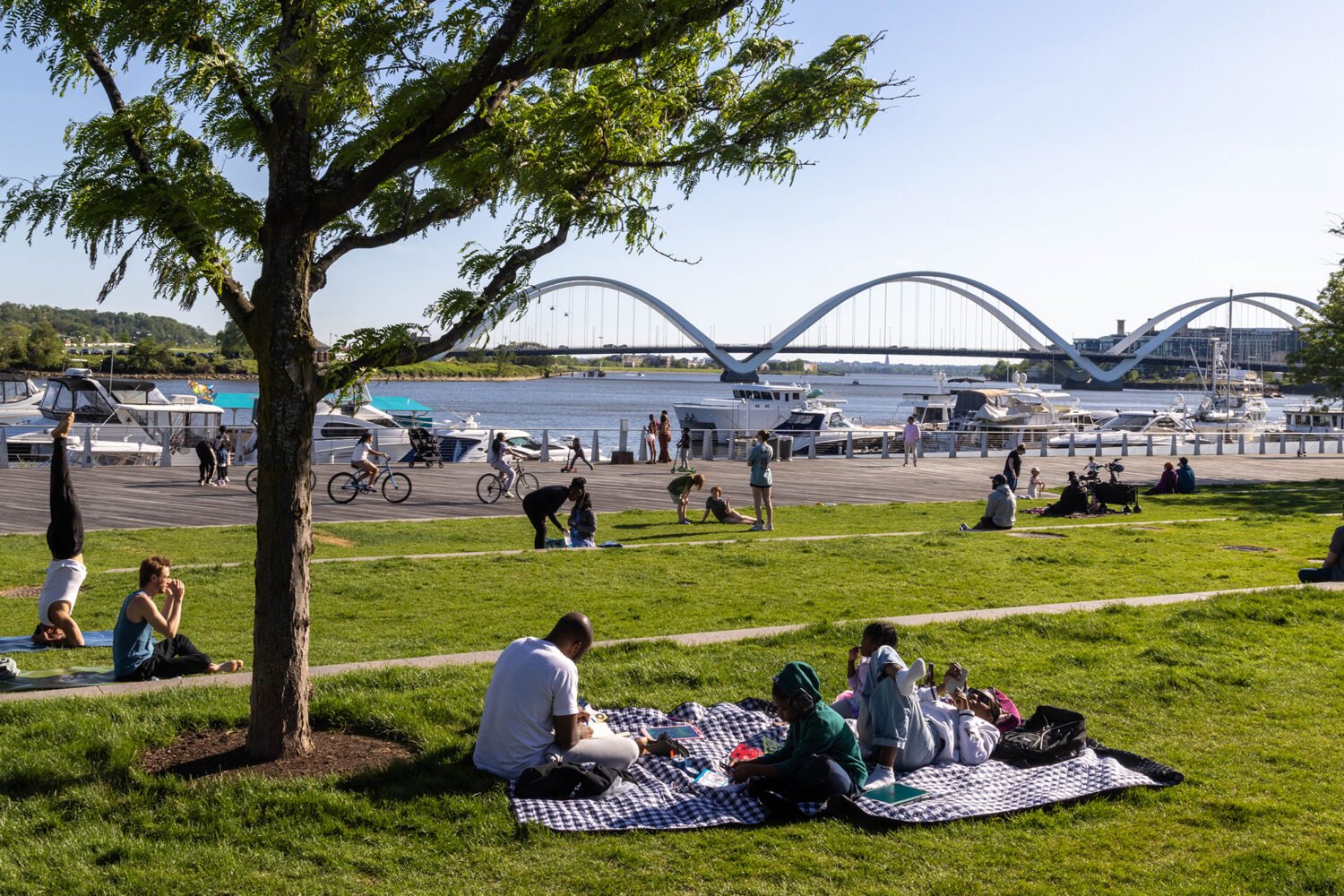Montgomery County is the only jurisdiction in the greater Washington area where indoor dining is still banned. That restriction may be lifted as soon as Feb. 14 after the County Council considers an executive order from County Executive Marc Elrich to reopen dining rooms at 25-percent capacity after an eight-week hiatus. Initially, Elrich also proposed limiting diners to one hour indoors, which has since been expanded to 90 minutes.
In a media briefing last week, Elrich said there were both health and business reasons behind the proposed time limit. “We know that the longer you stay in a closed room, the greater your exposure to coronavirus can be,” he said. But he added the idea actually came to him from a restaurant owner “who was finding that people were coming in and sitting for very, very long times at the table… That’s not fair to the owner who has to turn over these seats, now more than ever when there are limits on capacity.”
Duck Duck Goose owner Ashish Alfred pushes back on Elrich’s claim that the rule would be “helpful” to restaurants.
“In a restaurant like mine, can we turn you around in 90 minutes? Sure we can, but it’s not really what people sign up for,” Alfred says. “The people that want to come out and sit in a restaurant, they don’t want to be told that they can only be there for an hour. And they all have the same questions: So, hang on, what difference does it make if I’m here for an hour or if I’m here for two hours?”
Alfred notes that shorter meal times mean restaurants are limited in what they can offer, and ultimately, what they can charge. He also argues the higher turnover could be more dangerous for staff: “You’re exposing them to so many more people. If we’ve got to shove people in and out in an hour, they have to clean and sanitize between each guest. That requires extra hands for the restaurant. That requires extra cleaning product, extra PPE. It comes at a cost.”
Above all, Alfred says he’s frustrated by that lack of hard data to back up the need for a time limit, especially given that it changed suddenly from one hour to 90 minutes without explanation.
“When you make a decision that has that much specificity, there has to be something very granular that’s driven that decision,” Alfred says. “If I was in business with somebody, and they were making decisions so blindly, I would no longer want to be in business with that individual.”
Alfred was involved in lawsuits to overturn the indoor dining bans. The Restaurant Association of Maryland sought temporary restraining orders and preliminary injunctions in Montgomery County, Prince George’s County, and Baltimore City in December to try to halt the Covid-19 business restrictions. They were ultimately unsuccessful.
Other restaurant owners don’t mind a time limit. Medium Rare owner Mark Bucher, who operates restaurants in Bethesda, Arlington, and DC, says most of his diners are in and out in that time period anyway.
“I though an hour was a great way for restaurant to make back some revenue,” Bucher says. “People want to eat out. They’re desperate to eat out. They’re happy to move through quicker, and I’m happy to move them through quicker.”
Still, Bucher says he’s been frustrated by the inconsistencies in rules between jurisdictions. Prince George’s County lifted its seven-week indoor dining ban on Jan. 29 as its Covid-19 positivity rate declined. It followed DC, which had extended its dining ban through Jan. 22 because of public safety concerns surrounding inauguration. Meanwhile, Virginia has allowed indoor dining at 50-percent capacity this whole time.
“At the beginning of all this, way back when, all governors and county executives came out and said we’re all going to be on the same page,” Bucher says. “That went right out the window.”

